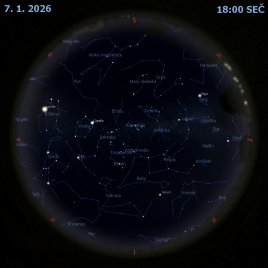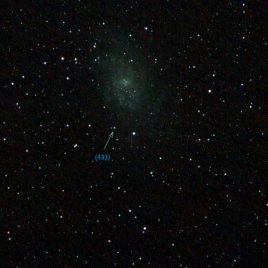Mladé hvězdokupy ve staré galaxii

Uznání: T. H. Puzia (Sternwarte Munich), S E. Zepf (Yale / Michigan State) et al., ESO, ESA, NASA
Eliptická galaxie NGC 4365 je velmi stará, pravděpodobně je stará asi 12 miliard let. Podobně jako o většině eliptických galaxií, tak o této galaxii se také myslelo, že je plná starých hvězd, jelikož časy hvězdotvorných aktivit dávno skončily. Ale tým evropských a amerických astronomů kombinací údajů z kosmického dalekohledu Hubble Space Telescope a z pozemského dalekohledu Evropské jižní observatoře Antu objevil překvapivé tajemství NGC 4365 - některé z jejích hvězdokup jsou mladé. Na tomto kompozitním snímku je jasné jádro galaxie vlevo nahoře. Samotné hvězdokupy v NGC 4365 se jeví proti difuzní záři světla nerozlišených hvězd a mlhavých, vzdálených galaxií pozadí jako jasné tečky. Zubatá hranice ohraničuje zorné pole Hubbleovy kamery WFPC2. Přesun kursoru přes snímek identifikuje jak hvězdokupy s poměrně mladými hvězdokupami (stáří několik miliard let) zakroužkované modrou barvou, tak kupy s očekávaným stářím 12 miliard let zakroužkované červenou barvou. NGC 4365 je asi 60 miliónů světelných let daleko v Kupě galaxií v Panně.
NASA Official: Phillip Newman Specific rights apply. NASA Web Privacy Policy and Important Notices
A service of: ASD at NASA / GSFC & Michigan Tech. U.
Odkaz na originální APOD


